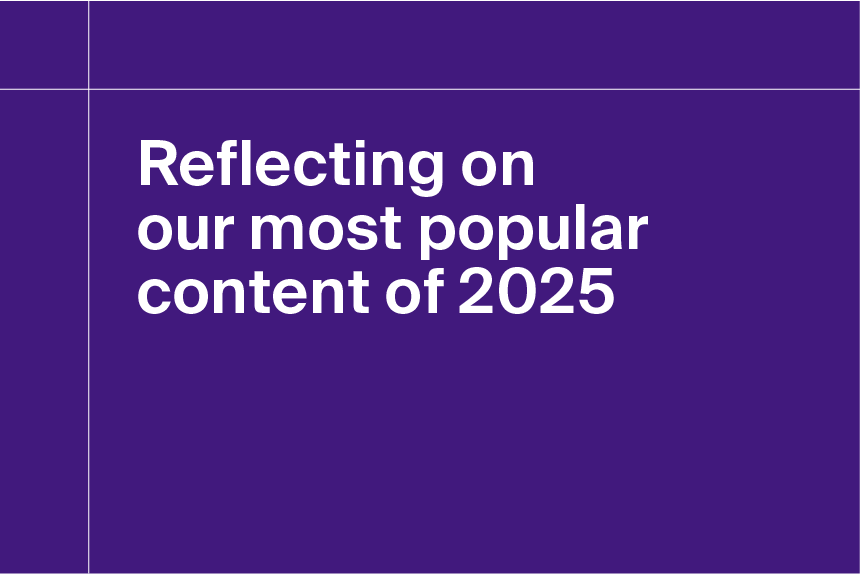How a patient-driven payment model affects skilled nursing facility payouts
Jan 22nd, 2020

As of October 1, 2019, the Centers for Medicare and Medicaid Services (CMS) has rolled out its second attempt at adjusting the RUG-IV skilled nursing facility (SNF) reimbursement plan, known as the patient-driven payment model (PDPM). This has been in the works for some time now. Back in May of 2017, CMS announced a proposal for a full RUG overhaul in the form of the Resident Classification System , Version 1 (RCS-1) with an aim to shift patient care from volume- to value-based.
One of the largest concerns raised regarding the proposal was how its changes would immediately affect therapy services and staging in skilled nursing facilities. Interested parties may be surprised to discover that the changes in question have largely remained intact for this latest model revision.
What is RUG-IV?
The previous SNF payment model proved to be problematic in the long-term. Under RUG-IV, skilled nursing facilities would often place patients in the upper-most RUG categories to receive the maximum reimbursement available. For example, according to CMS, over 60 percent of Medicare-covered SNF stays were billed under 1 of 3 (out of 66 total) rehabilitation buckets, and group therapy sessions had become common practice to optimize profit margins.
What is a Patient-Driven Payment Model?
Patient-driven payment models have been implemented with the hope of reducing the SNF incentive for unnecessary therapy services. In fact, renewed focus on patient condition over total number of therapy minutes changes the financial incentives for therapy services so drastically that skilled nursing facilities now actually receive higher reimbursement when they do not provide residents with any therapy at all.
What are PDPM critics saying?
Critics of this new model wonder if the pendulum hasn’t swung from too much therapy to not enough therapy too quickly. Consequent of these major changes, many therapists have reported large cutbacks in available work hours and even layoffs since PDPM’s deployment.
Definitive Healthcare long-term care data shows that out of the 20 most reported diagnoses by SNFs in 2019, approximately 50 percent could result in the need for therapy services. See below:
Top 20 SNF Diagnoses in 2019
| Rank | ICD-10 code | ICD-10 Description | Claims volume |
| 1 | J189 | Pneumonia, unspecified organism | 71,125 |
| 2 | N390 | Urinary tract infection, site not specified | 68,131 |
| 3 | M6281 | Muscle weakness (generalized) | 50,652 |
| 4 | Z471 | Aftercare following joint replacement surgery | 40,120 |
| 5 | A419 | Sepsis, unspecified organism | 41,146 |
| 6 | Z5189 | Encounter for other specified aftercare | 33,848 |
| 7 | I639 | Cerebral infarction, unspecified | 34,097 |
| 8 | J441 | Chronic obstructive pulmonary disease with (acute) exacerbation | 35,422 |
| 9 | Z4789 | Encounter for other orthopedic aftercare | 28,474 |
| 10 | I10 | Essential (primary) hypertension | 31,278 |
| 11 | I509 | Heart failure, unspecified | 32,274 |
| 12 | R531 | Weakness | 22,334 |
| 13 | J449 | Chronic obstructive pulmonary disease, unspecified | 33,765 |
| 14 | J9601 | Acute respiratory failure with hypoxia | 23,917 |
| 15 | S72001D | Fracture of unspecified part of neck of right femur, subsequent encounter for closed fracture with routine healing | 18,530 |
| 16 | N179 | Acute kidney failure, unspecified | 22,284 |
| 17 | S72002D | Fracture of unspecified part of neck of left femur, subsequent encounter for closed fracture with routine healing | 17,633 |
| 18 | S72142D | Displaced intertrochanteric fracture of left femur, subsequent encounter for closed fracture with routine healing | 15,456 |
| 19 | I4891 | Unspecified atrial fibrillation | 19,676 |
| 20 | G9341 | Metabolic encephalopathy | 18,285 |
Fig 1: Based on annual Medicare data pulled from Definitive Healthcare’s data analytics platform. Current data set includes skilled nursing facility diagnoses up to mid-2019. Remaining CMS data will be released in Fall 2020.
All forms of general or muscle-specific weakness (M6281, R531) and encounters for aftercare or routine healing (Z471, Z4789, S72001D, etc.) may require at least some level of brief or continuous therapy (either physical or occupational).
In response to this shift in skilled nursing facility incentives, it is possible—based on reports surfacing from currently working therapists—that many patients may not receive the attention they need or deserve in an attempt to keep reimbursement payouts higher.
The upsides of PDPM
As mentioned, the primary intent of a patient-driven payment model is to place a greater focus on the individual. One strong benefit for the patient stemming from these changes is an end to the prevalence of potentially exploitative group therapy sessions.
Under PDPM, there is a 25 percent limit on concurrent and group therapy per individual—meaning if a patient is recommended 100 hours of therapy, only 25 of those hours can be in a group setting. So, theoretically, when a patient does receive therapy, it should entail more personalization and improved care when compared to the divided attention supplied through group settings.
Ultimately, whether or not a patient receives extensive therapy should be unrelated to any conversations about how much reimbursement an SNF can be awarded, and the fact that some providers may choose to reduce therapy time or staff should reflect more on the institution’s commitment to quality patient care and less on how the CMS has decided to handle payment for the time being.
Learn more
For more information regarding SNFs and the evolution of the CMS reimbursement model (what happened to the RCS-1 plan?), read our article “Skilled Nursing Facility Reimbursement: Trouble Ahead?”—then browse through the rest of our content to catch up on healthcare industry happenings and more.



